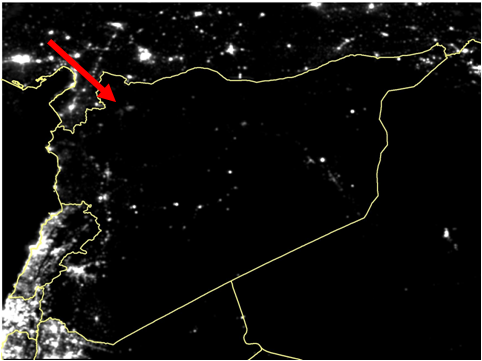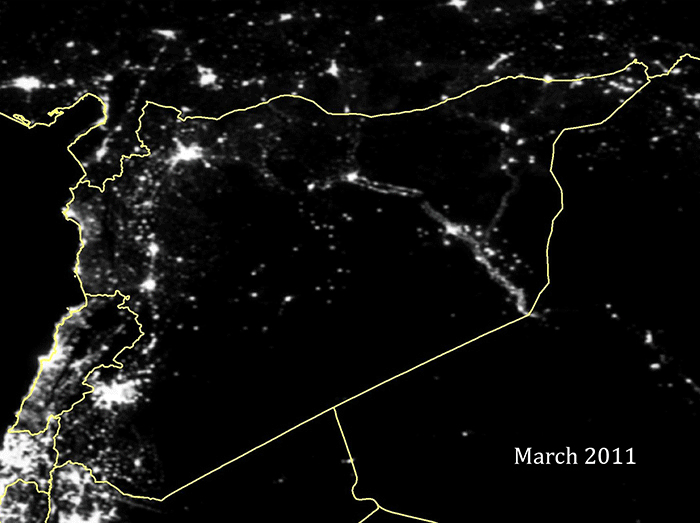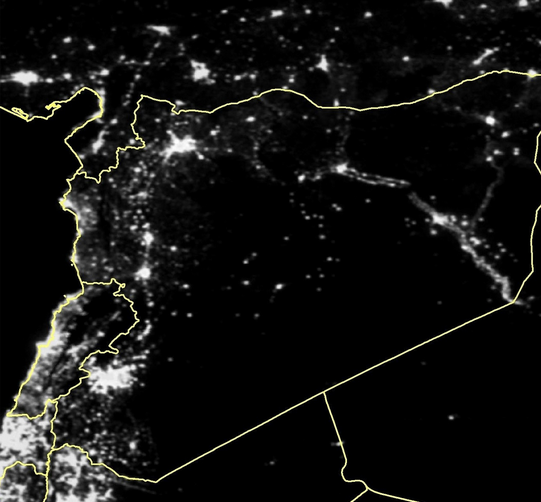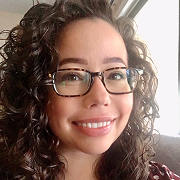There’s a popular saying in the advocacy world: show don’t tell. I can ramble on and make this mean a lot of things. Today it means be careful to not ramble.
Sometimes words can get in the way. Too many and you lose people’s attention. Too much jargon and folks can’t understand you. Too one-sided and it becomes hard to move beyond someone’s bias to truly hear what they have to say.
With seconds and inches being cut from news stories every day — not to mention character counts & the popularity of images/videos on social channels — the ability to show & tell a succinct story has never been more important. Enter photographs. From Tank Man in Tiananmen Square to “Hands up, don’t shoot,” one powerful image can cut through the noise, pause your multiple-tab browsing, sit straight up and pay some attention.
During the fog of war, the clarity of photographs is vital. We recently worked with the #WithSyria coalition during the 4-year anniversary of the conflict to help turn the world’s attention back to the plight of civilians in the country who were fading into obscurity like so many people enduring long-lasting humanitarian crises worldwide.
What was different about the story we were telling is that to show what is happening on the ground, we went with the coalition to space.
Analysis of satellite photos revealed that 83 percent of the lights in the country have gone out since the fighting began. Syria has literally entered the Dark Ages. Families turn off their lights at night to avoid detection from attacks. Doctors perform surgery by the light of a cell phone. The scars of war have left towns like Aleppo in complete darkness.

With this unique research and imagery at our fingertips, we were able to truly show – not tell – the often brutal human story of the war in Syria to the media. And the press response was pretty amazing.
What was so special about these images? For starters, they didn’t need a caption. Although the pictures capture a devastating reality, they are beautiful in their simplicity. When sharing them with press, we didn’t need to explain something that was already (literally) in black and white.

Another reason? They came from an unbiased source: a satellite. While the anniversary was marked with several data-rich reports, each had an agenda. These stark before and after images were the photo equivalent of a “mic drop” that drowned out long-winded policy statements.
Of course not everyone can go to space (sorry Lance Bass). That’s ok. Photos from Earth can be powerful and popular too. If you’re planning to use photos to get media attention for your cause, here are a few quick universal tips to keep in mind:
1. Make sure your images are timely. The images alone won’t save you if don’t have something compelling — and time-sensitive — to share with reporters to answer the question of “why now?”
2. Whenever possible, provide your images in a variety of file-formats to fit reporters’ needs. If they lend themselves to it, you can even make them into a time-lapse gif using a simple, free gif-making tool like this one. Also provide any needed attribution for the images in your pitch.
3. Make your images easily downloadable via a Google folder, Dropbox, or even better, directly from your client or campaign website. This will save reporters time and they will thank you when they’re out taking their much-needed coffee break.



